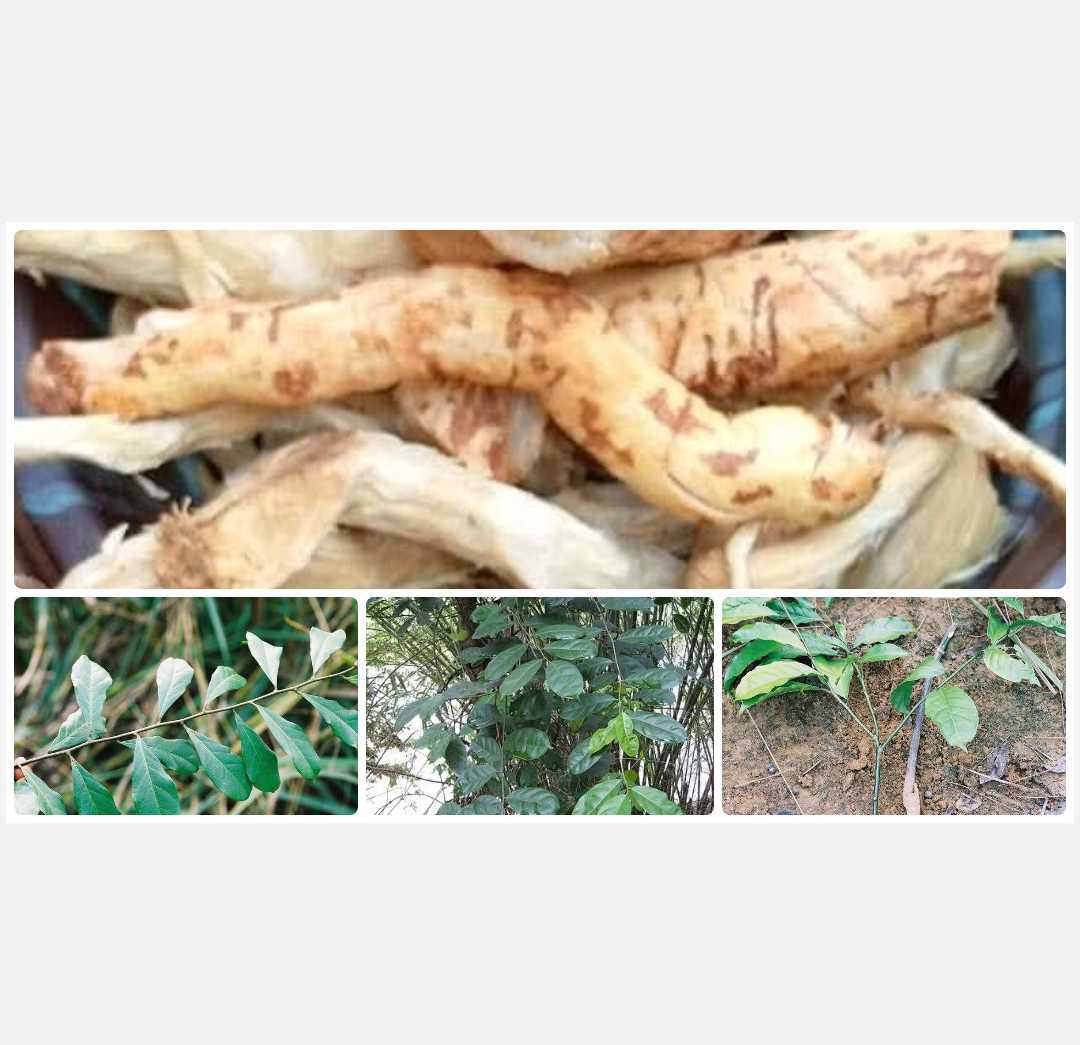
Chemical Evaluation of The Nutrients Contents of 'Ọbụlụmgbede' Pentadiplandra Brazeana
The roots of Pentadiplandra Brazeana, popularly known as 'Ọbụlụmgbede' or 'Osumade' in Enuani and Ika dialects respectively, is one of the most important root spices in the preparation of traditional soups and herbal products by Igbos of the West Niger.
For the first time as far as our research revealed, the complete nutritional profile of ọbụlụngbede was determined. The research was carried out by Onwordi Ngozi Fortune, as part of requirements for the award of a Bachelor's Degree in Technology by the Department of Biotechnology, Faculty of Biological Sciences, FUTO, in the years 2017.
It was supervised by Dr. Anyalogbu.
The levels of antinutrients contents, proximate compositions, complete amino acid profile and micronutrients contents of the root sample were determined using standard methods.
The results showed that the sample had low components of the antinutrients determined. Saponins and flavonoids had the highest concentrations (5.12 and 2.11mg/100g sample) respectively.
The lowest concentration was found in Tannin with (0.32mg/100g sample) and Cyanogenic Glycosides had a value of (0.00146mg/100g sample)which is not detectable when approximated two significant figures.
The proximate composition showed that Carbohydrate and Protein with concentration values (31.78 and 23.82mg/100g sample) respectively had the highest values.
Appreciable levels of the essential amino acids were found in the sample with (6.29, 5.34, 5.24 and 3.39mg/100g sample) for Lysine, Leucine, Arginine and Valine respectively. Glutamic acid with (9.39mg/100g sample) had the highest concentration of the non-essential amino acids. The so-called Tryptophan had the lowest concentration with (0.89mg/100g sample).
In the micronutrients, a total of twelve minerals were assayed in the sample with Potassium, Phosphorus and Magnesium with (3152.16, 514.37 and 413 ppm) respectively having the highest values. The Lead (Pb) content was negligible at two significant figures determination.
Similarly , a total of twelve vitamins were assayed including the fat-soluble and water-soluble vitamins. Vitamins A, D, B2 and C with (4.98, 3.76, 3.72 and 3.63 mg/100g sample) respectively showed the highest concentrations.
The result obtained from the study reveals that the root sample of "ọbụlụngbede" (P. brazzeana) has rich nutritional composition and less content of antinutrients. Based on chemical evaluation, the plant sample can be recommended as a rich source of dietary nutrients to supplement the human and animal menu.
However, it is recommended that the plant sample is further subjected to acute toxicity test before in can generally be declared wholesome for human consumption.
(Researcher; Onwordi Ngozi Fortune)
We acknowledge the numerous support we received from you to accomplish this ground breaking research project.


